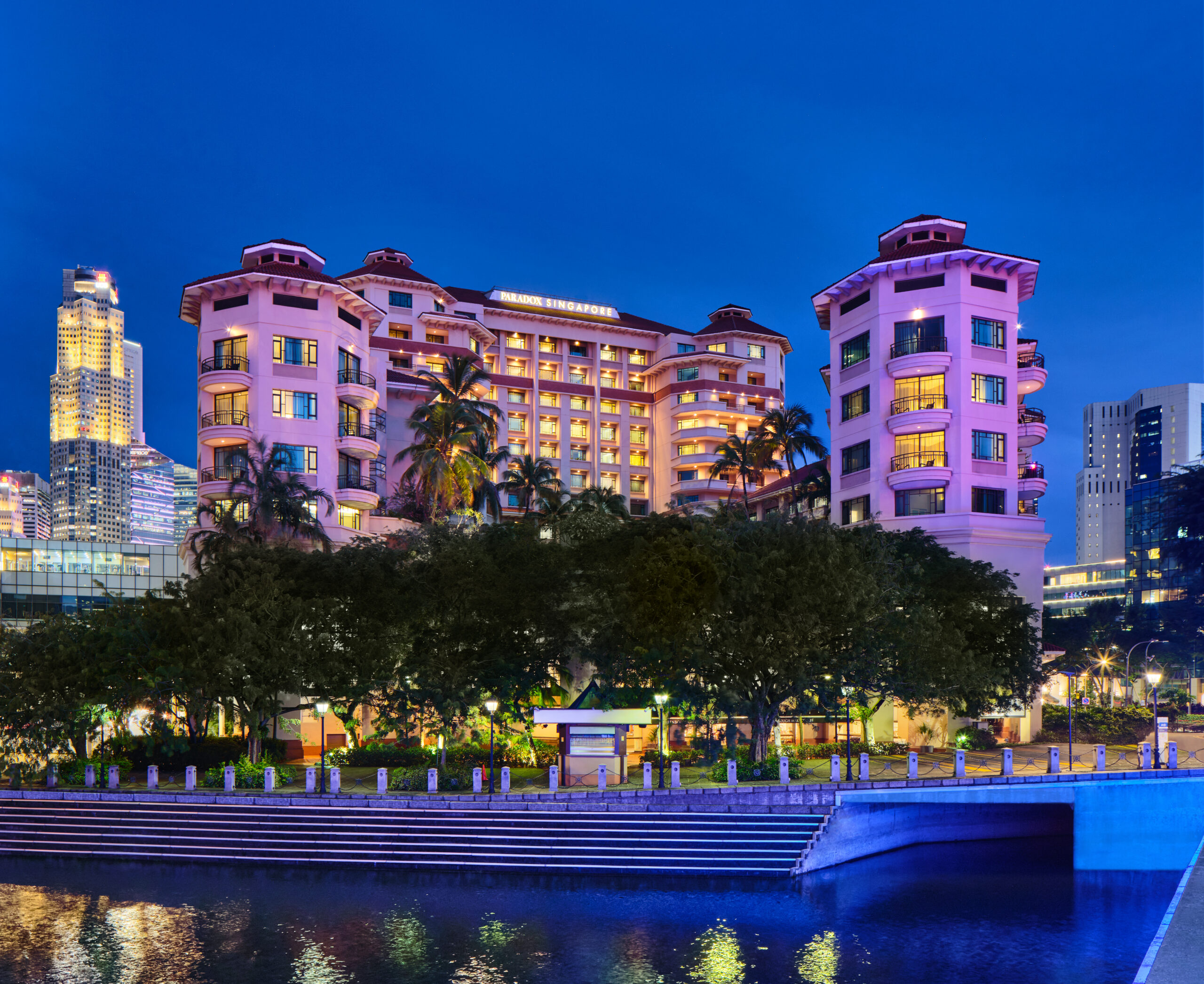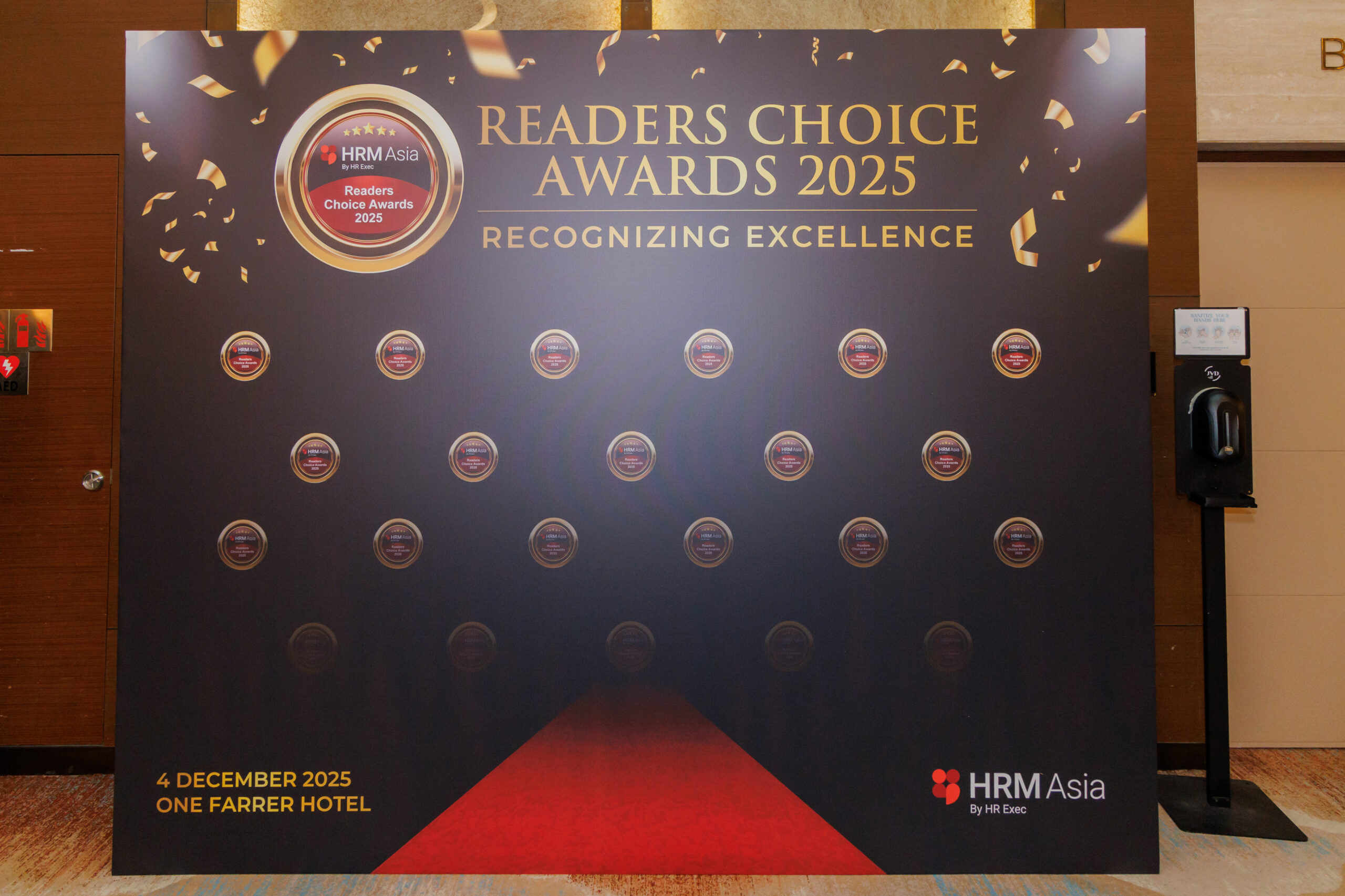HR Tech Festival Asia Online 2020: Building a productive and flexible workforce
- Shawn Liew

Work is never going to be the same again, even if the level of work-from-home (WFH) that has been seen over the past few months is unlikely to be sustained into the future.
Speaking on Day 3 of HR Tech Festival Asia Online 2020, Brian Sommer, technology analyst, strategy consultant, writer, and founder & president of TechVentive, highlighted, “We have gone from one end of the spectrum to the other and we will probably land somewhere in the middle but whatever’s going to happen, it’s going to be very different and you need to be ready to plan for the future of HR.”
For organisations that have not really been designed to easily scale up and down, they would find it hard to build up productivity post-pandemic, Summer said, urging organisations to create proactive plans that embrace chaotic and dynamic events that may occur.
He added, “You want to have a level of flexibility in your systems you did not use to have before and you need to find ways to make people very happy as well.”
The key for HR then, is to get out of the transaction processing business simply because that should not be the only, or major role of HR. “That should be a secondary role, and you need to elevate higher level things to the top,” Sommer concluded.
To successfully create workplaces of the future, there needs to be a shift of mindset, beginning with a transition towards flexible working, according to Ariane Virtue, partner at Flex We Are, a consultancy firm.
For starters, organisations need to truly understand what flexible working is. Describing flexible working as how, when and where work is done, Virtue added, “Rethinking work also means rethinking the workforce and how you manage a dispersed workforce so you can deliver outcomes at the best place and time, with the right tools.”
As to why organisations need to embrace flexible working, she explained that it supports diversity, inclusion and gender equality. Additionally, flexible working allows organisations to tap into a broader talent pool and helps achieve gender balance and leadership, which ultimately helps improve business profitability.
While acknowledging that there is no one-size-fits-all approach to flexible working, Virtue advised organisations to focus on outcomes instead of processes. Set clearly-defined goals rather focus on time spent in the office or presentism.
And perhaps more importantly, trust and empower your employees. “We hire adults with skills and expertise that we need to deliver on our strategies, so let’s trust them to do their jobs.”
Things are not close to being normal now, and even when the pandemic is brought under control, a return to a post-pandemic world is unlikely to happen, cautioned John Sumser, a US-based futurist and technology commentator.
However, he was quick to emphasise how this also represents an opportunity to rethink everything about the way we work. “Embrace uncertainty, ask yourself what is to be done next, do it, and repeat the process.”
For instance, it is time for organisations to get their data in order, if they have not already done so. This includes completing employee profiles and re-writing job descriptions, because nobody does their job in the same way anymore, Sumser pointed out.
He added, “Also, establish goals for prediction and tracking, as well as profiles for the recruiting pipeline, and define a company data model.”
And as technology becomes increasing sophisticated, people need to learn how to “argue” with machines. “Machines have opinions but how valid are they?” asked Sumser. “Sometimes, machines are just plain wrong, like everybody else. Machines should never be allowed to make decisions about people. Machines can give inputs, but it is people who need to make sense of these inputs.”
The key challenge in today’s dynamic environment is to make organisations stable and prosper. To achieve this, organisations need to be agile and adaptable to constant change, so that they can maintain sustainability of growth and prosperity.
This, said Rahul Kalia, Head of HR, APAC, Bayer Crop Science, constitutes what he calls a “Giant Start-up Culture”, which also embraces stability with dynamism, or a willingness to fail fast and learn fast.
Change your corporate mindset now to be more dynamic and agile, Kalia urged, while explaining what it will take for organisations to build a “Giant Start-up Culture.”
“Connect roles to purpose, establish connections in the workplace, bring decision-making closer to responsible roles from skeletal decision bodies, and create opportunities for rapid learning and decision cycles.”
Kalia also highlighted how future decision-making involves quick data-based decision making and execution, the building of a customisable and adaptable organisational culture, and a keenness to learn throughout the entire workforce.
To create an integrated user experience (UX) to develop learning capability in an organisation, should companies choose a learning management system (LMS) or a learning experience platform (LXP)?
An LXP, said Alexander Roche, CEO and principal education technologist, and Androgogic Totara Platinum partner, is a social learning and collaborative platform that is driven by the learner and their choices, rather than by an administrator or for formal curricula and learning pathways. Instead, it should encourage a learner-driven, personalised UX experience.
The answer then, is both, as Roche explained, “When I see this question [of choosing between LMS or LXP], it just mystifies me as an educational technologist.
“A high watermark LMS is a critical component in the architecture. The question, thus, is not or but and the LXP is the next-generation of drawing in that learner-centric and community-centric process of skills and professional development. We still need the LMS but what we really need to do, is to weld them together and make it into a seamless experience.”






